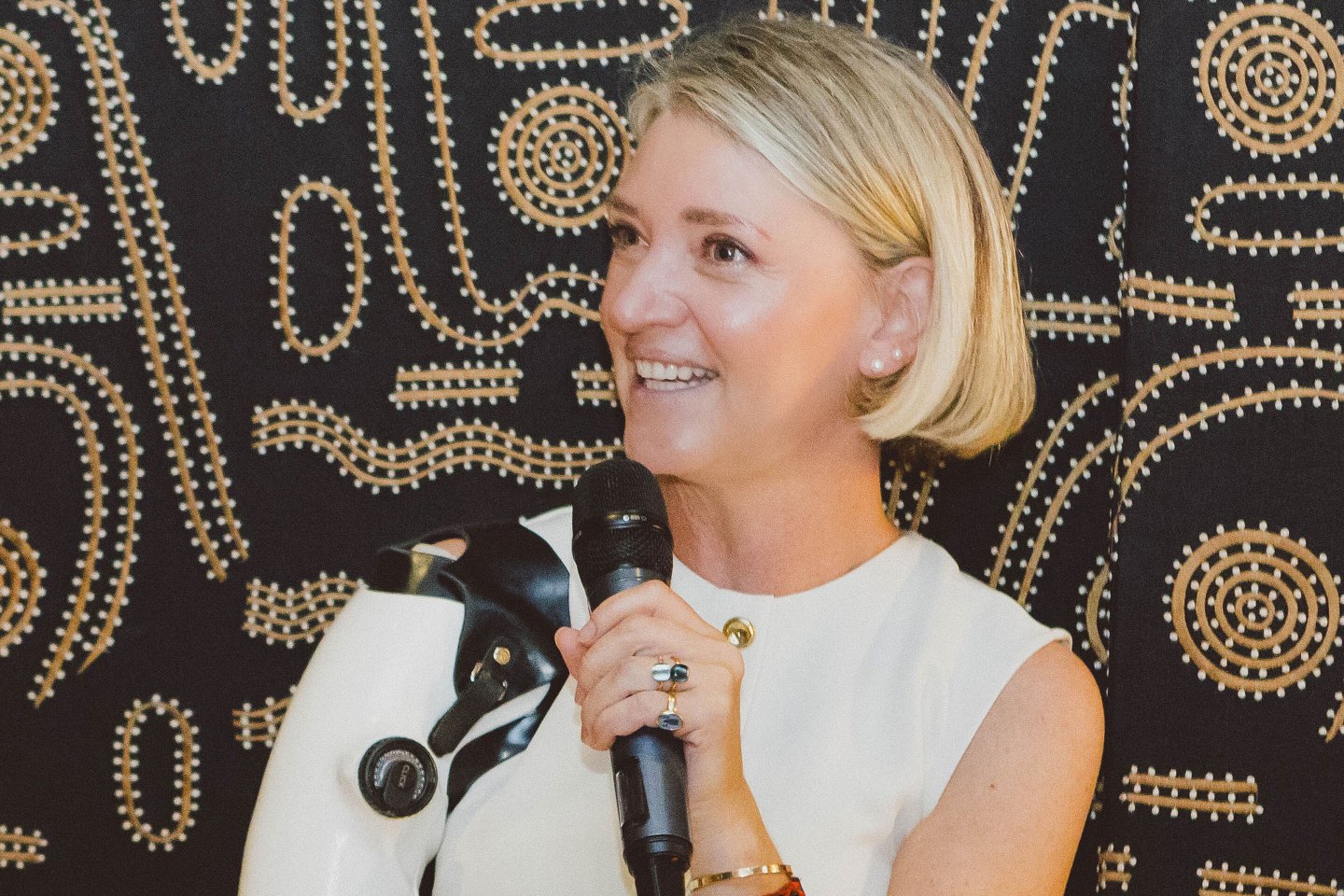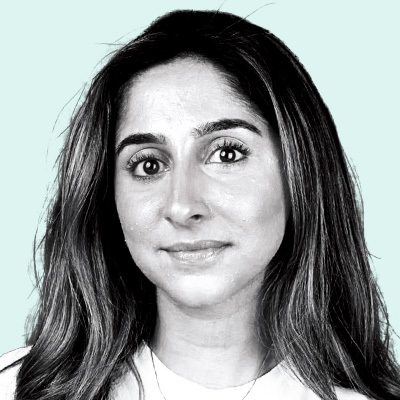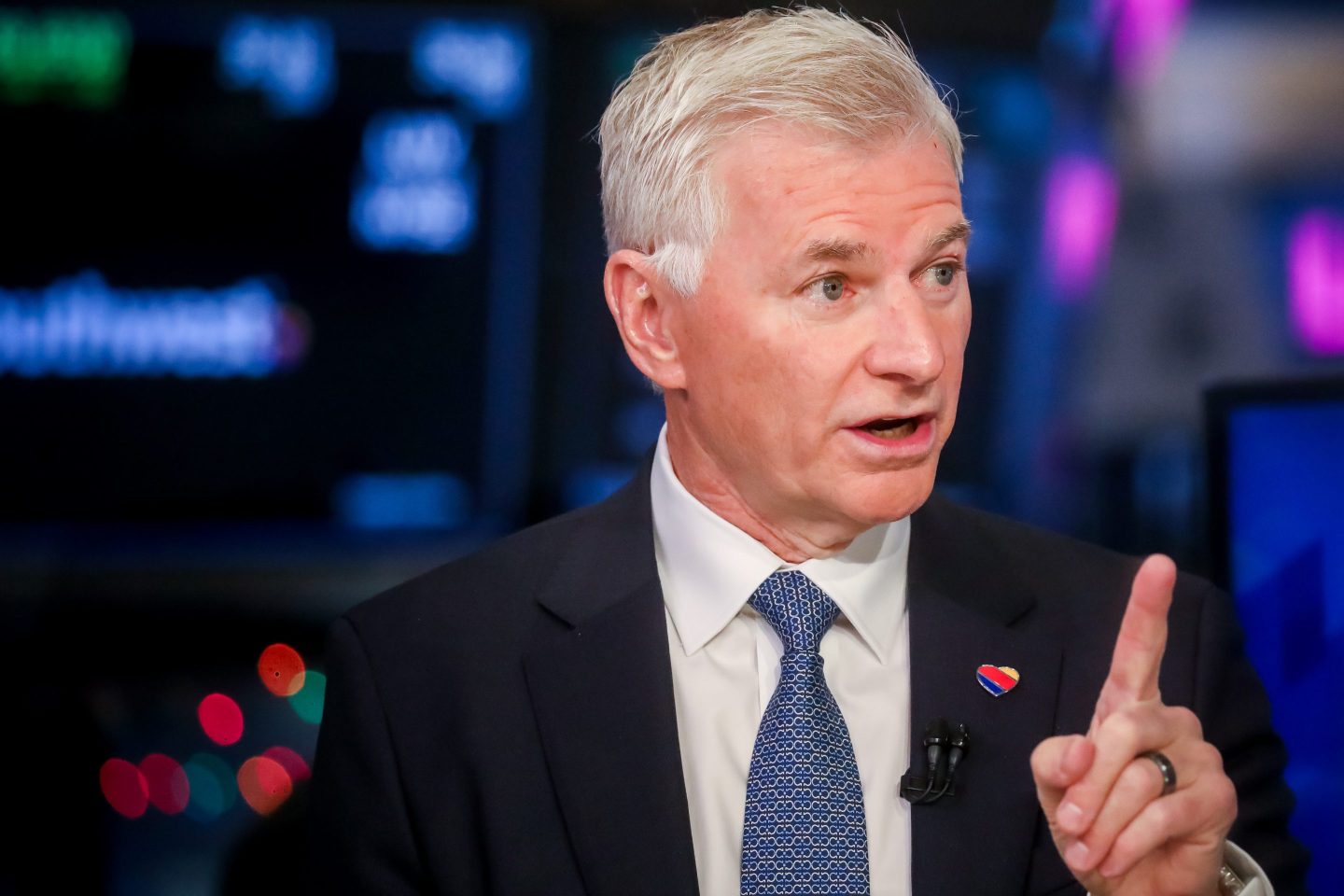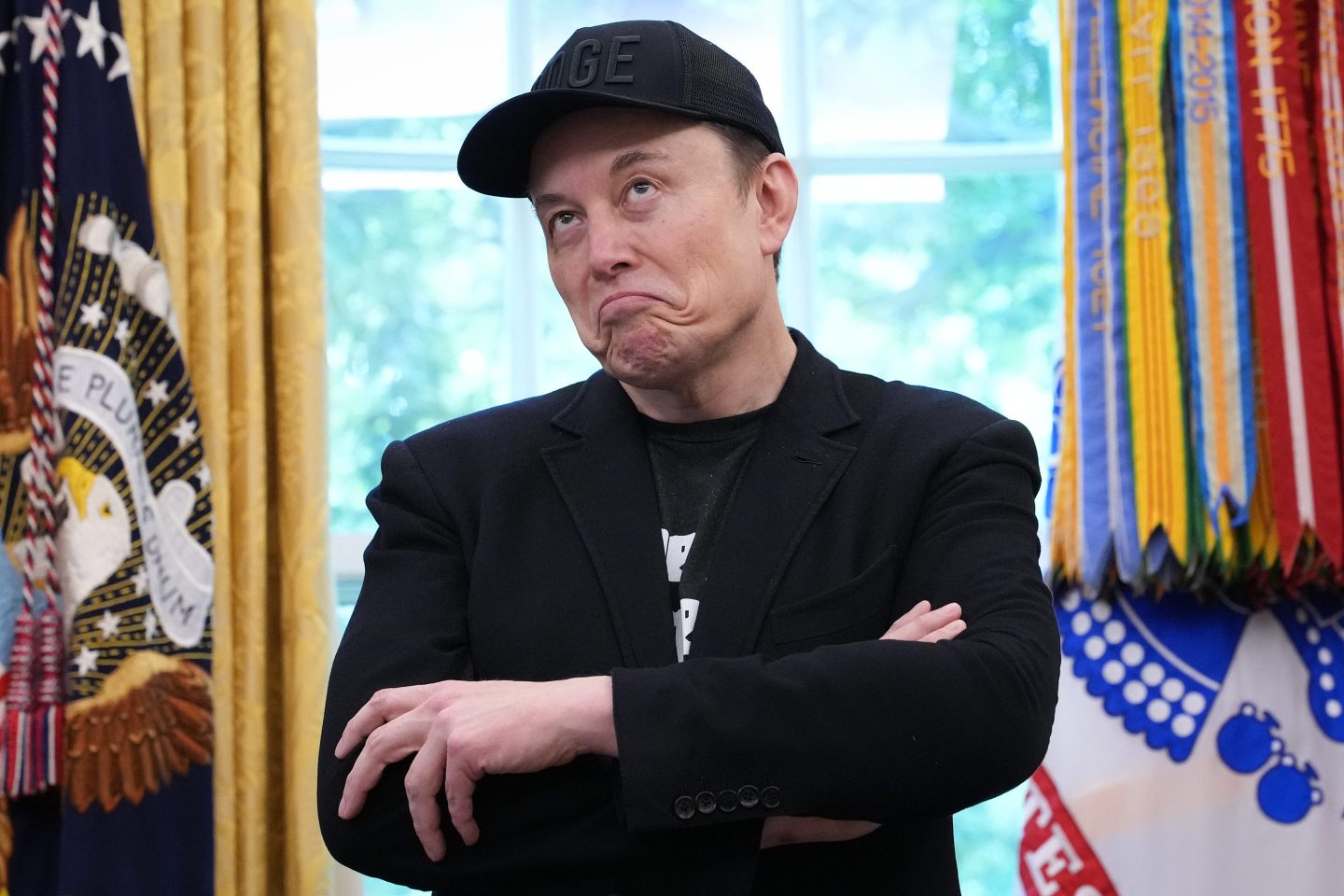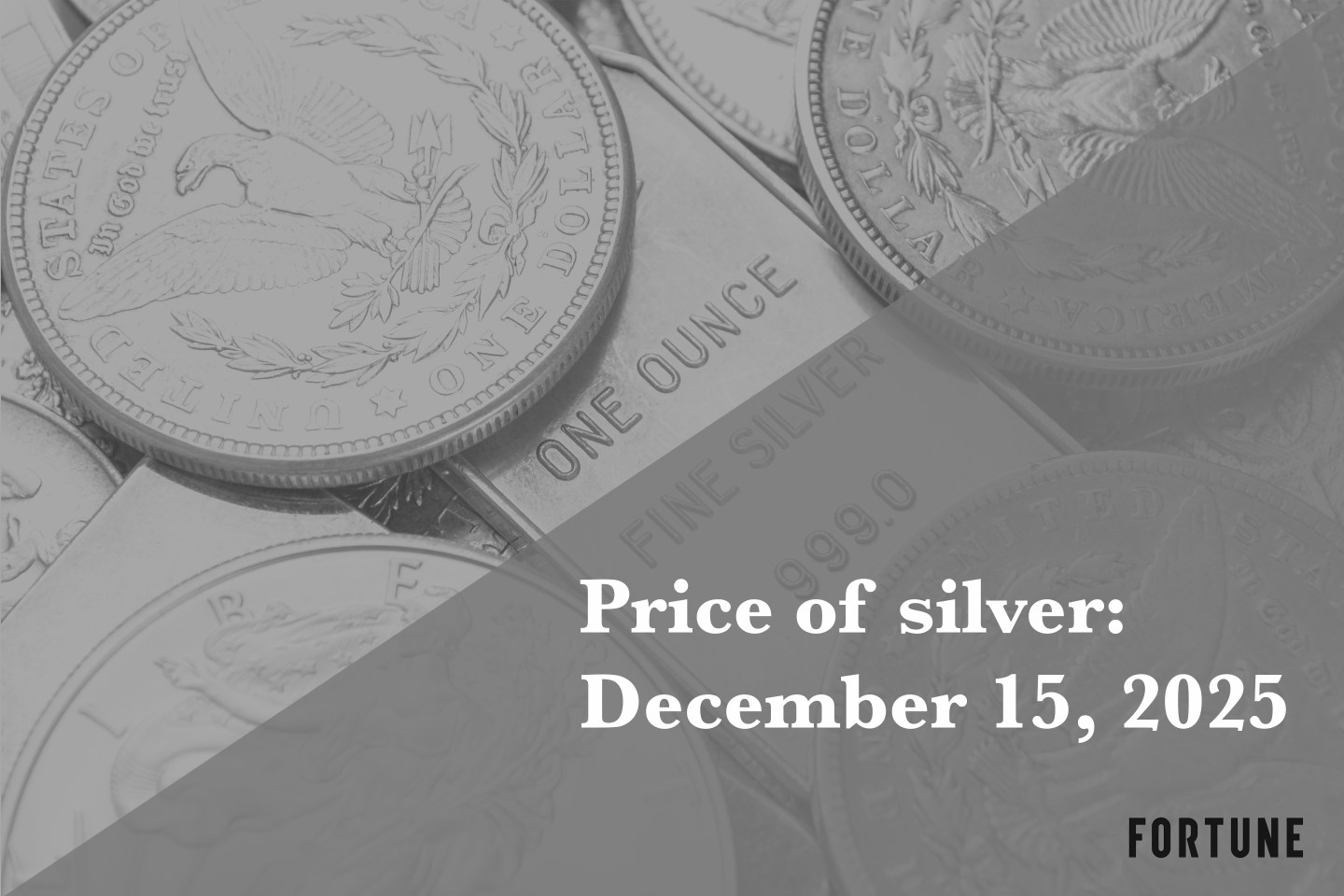“That feeling of being on top of the world—quite literally—was a very fleeting moment. I thought I was invincible at that point.” These were the words of Sarah de Lagarde, the global head of communications at Janus Henderson Investors, as she reflected on her 2022 ascent of Mount Kilimanjaro with her husband.
Just one month later, her life would change irrevocably.
On a rainy Friday evening in September, after working late, she made the split-second decision to take the tube home instead of a cab. As she stepped onto the platform, she slipped on the wet surface and fell through the gap between the train and platform—a gap wide enough for her entire body to fall through unnoticed. As the train departed, it crushed her right arm. “I thought I needed to save myself. I shouted for help, but no one came,” she said during an interview with Fortune at “The Story Ahead” event.
Alone and slipping in and out of consciousness, she remained on the tracks. Moments later, a second train ran her over again—this time crushing her right leg. “By some miracle, I was still conscious,” she said.
Eventually, someone heard her and raised the alarm, and 45 minutes later, emergency services arrived and transferred her to the trauma center at the Royal London Hospital. “I should have died 10 times that night,” she said.
What could’ve ended in silence became a turning point, not just in De Lagarde’s own life but in how the U.K. global investment firm began to think differently about healthcare, artificial intelligence, and the business of empathy. De Lagarde didn’t just return to her old role. She came back with a mission.
“I should have died 10 times that night.”
Sarah de Lagarde
During her recovery—regularly visited by loved ones, colleagues and even members of the Janus Henderson C-Suite—De Lagarde found herself pitching a bold new role to the company’s executive leadership team from her hospital bed. She decided she wasn’t just going to survive, she was going to set out to redefine what it means to thrive by becoming the living bridge between data-driven healthcare innovation and the human reality of its impact.
“I told them, I don’t want a Barbie arm—I want a kick-ass robot arm,” she said. “We’ve got great investment teams focusing on the healthcare sector, advancing the healthcare sector with the use of innovative technology, including AI. I am the real-life example of how that combination works, and I would love to bring that to life for people.”
The conversation around AI in healthcare can often seem abstract, but for De Lagarde, the marriage of AI and medicine isn’t hypothetical; it’s personal. Advancements in health-tech directly affect outcomes like hers. The combination of AI, better data, and human-centered design could bring about real-world impacts such as improved walking, working, or the hope of climbing a mountain again.
From customizing tools like smaller keyboards and twin laptops, to redefining De Lagarde’s role entirely, Janus Henderson became a testing ground for accessibility-first innovation. De Lagarde regularly tested out various AI systems, including Microsoft Copilot, to help her adapt more effectively in the workplace.
“I became that guinea pig and I enjoyed being that guinea pig,” she said. “If Sarah can use it, everybody else can use it.”
Accessibility has become a cornerstone of thoughtful product development in the tech industry. Companies like Apple, for instance, integrate accessibility from the very beginning of product design, recognizing that tools like VoiceOver and Braille that are created to support users with disabilities often benefit all users.
“I became that guinea pig and I enjoyed being that guinea pig. If Sarah can use it, everybody else can use it.”
Google has also invested in accessibility tools. For example, the company launched Project Relate to translate impaired speech, introduced face controls for ChromeOS, and added features to Google Maps that mark buildings with accessible entrances. Microsoft has also taken steps beyond software, with tablets featuring trackpads that recognize input from various appendages—not just fingertips—while also incorporating voice input, live captions, and other inclusive features. Across all of these efforts, AI is taking on a larger role—accelerating development and improving the performance of accessibility tools.
De Lagarde wants her experience to be an example of the possibilities of the technological improvements in healthcare, specifically the promise of AI-powered advancements. With two new AI-powered bionic limbs, De Lagarde returned to work in just four months as the brighter future strategist at Janus Henderson Investors and made it back up Kilimanjaro two years later. “I’m so grateful that I was able to suffer at minus 20 degrees Celsius, 50% of oxygen, but also because I was able to show it to my daughters.”
